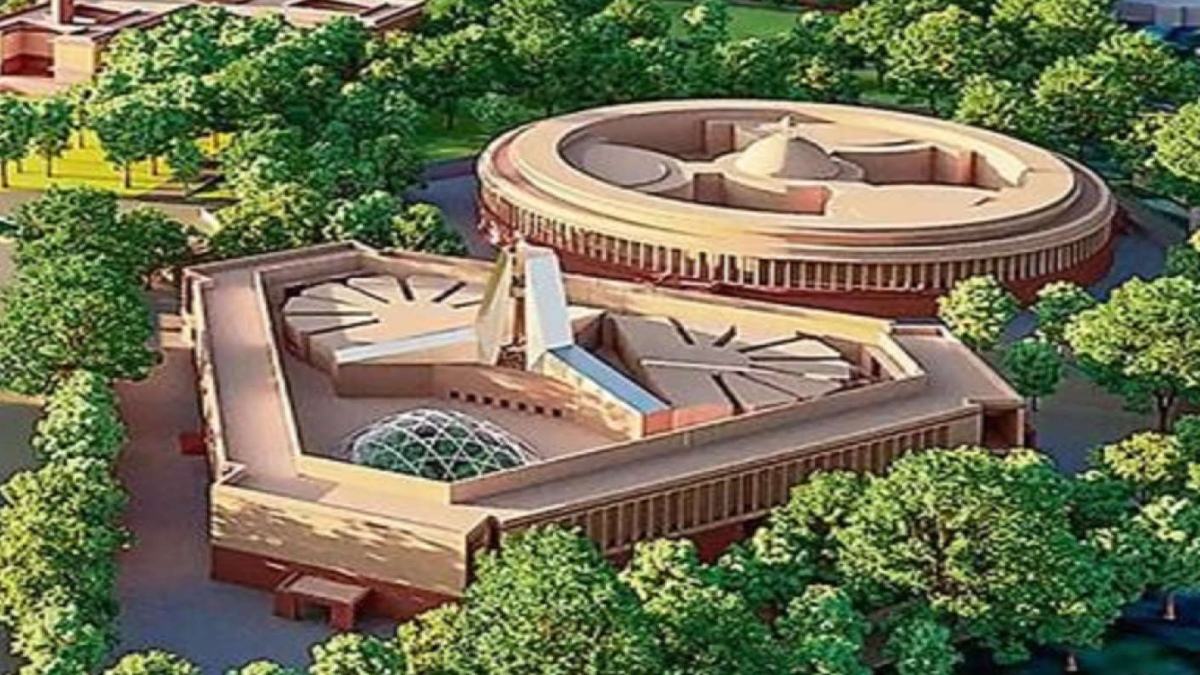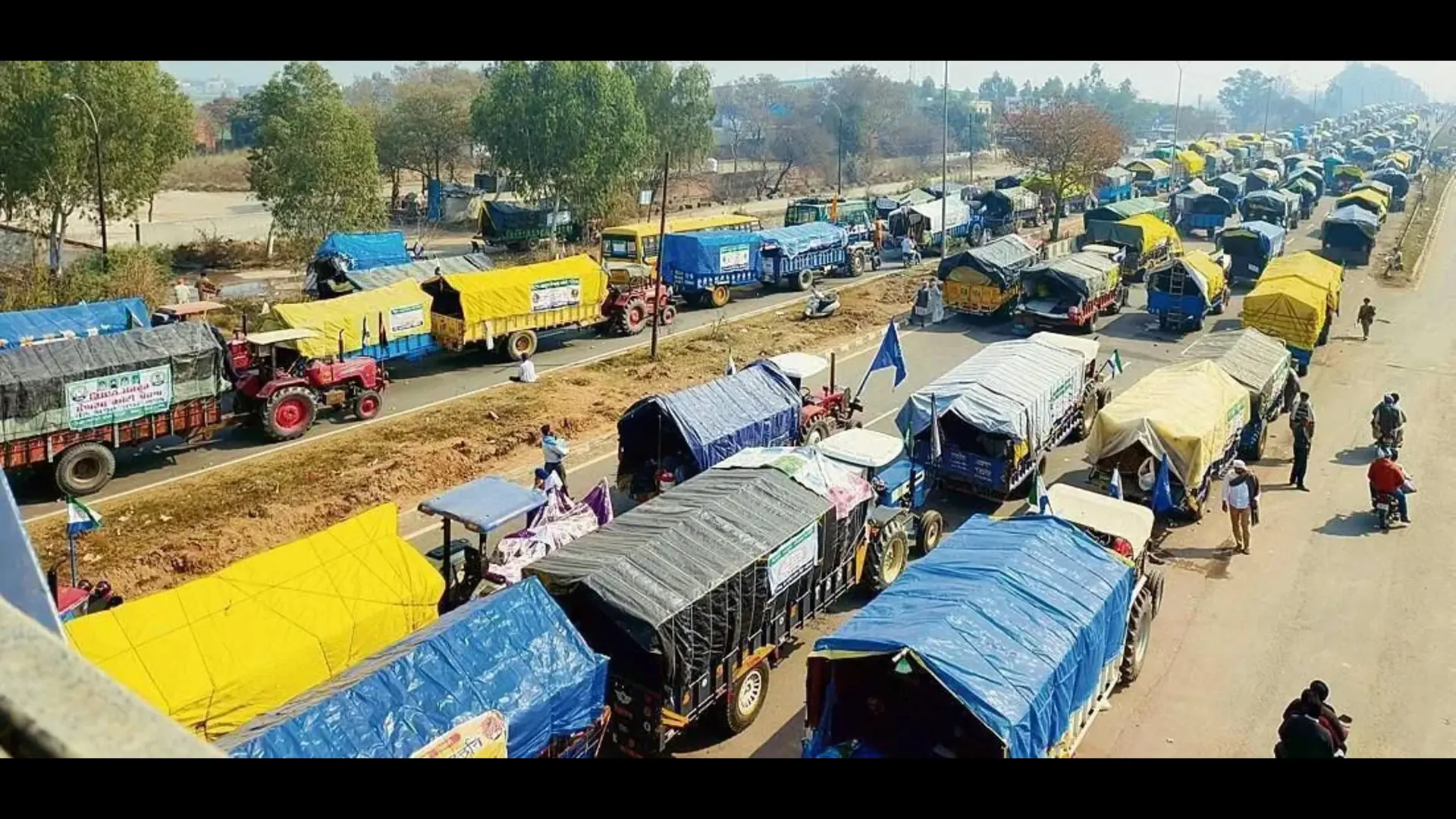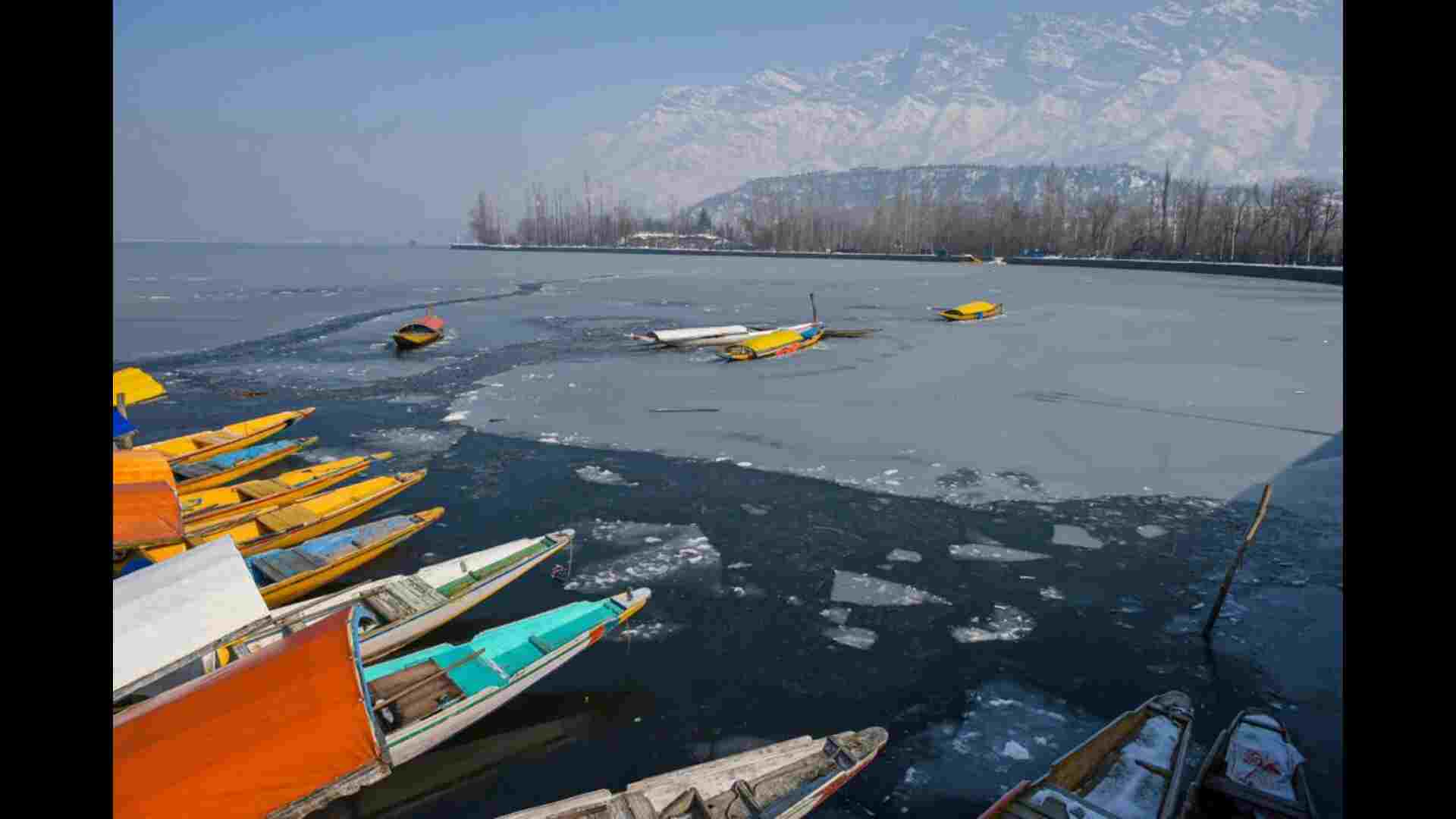Opposition, after all, is a position. More aptly, it is an ‘opportunistic’ position. Those who take that position for the want of power or to desperately stay in the currency of democracy, lower that position to an abysmal level of indignity. And they use that position on the most frivolous of causes as they don’t have anything to lose, having lost everything— including the sense of justice and the distinction between right and wrong.
In that irresponsible position, everything becomes a target. Even high priority developmental initiatives, laws that could begin social transformation, economic measures of epoch-making significance and monuments of public utility, which can stand into the future and shine the history of the nation, will all be a prime target. And the most lucrative perk of such an Opposition is that they can belittle a leader who stands unreachably tall in their political arena. Congress and its cohorts are now in such an “opportunistic” position.
One of the prime examples of this opposition behaviour is the attempt made to derail the Central Vista Project (CVP) by dubbing it as a sheer wastage of public money at a time when India was reeling under the impact of the pandemic. It was said that the healthcare budget is being subverted and that the project will have grave environmental consequences. All this was being done just to delay the project, like in the case of all development projects or pro-people policies in India particularly in the last 7 years under the government led by PM Narendra Modi. Opposition, at times, gives people an idea that the nation can only pursue one programme at a time and if another initiative is taken up, it is at the cost of others. CVP was projected, thus, against the pandemic, irresponsibly. However, the Delhi High Court and very recently, the Supreme Court, rejected all such petitions and review petitions seeking to stay the CVP.
The CVP, besides constructing the new Parliament building, also aims at integrating the Central Secretariat and bringing together over 75,000 employees for better synergy and seamless execution of work. However, the project is conveniently being touted as a “grand expenditure” for the personal glory of Prime Minister. The Congress, however, remains silent on its own aggressive lobbying for a new Parliament building in 2012. The then Lok Sabha Speaker Meira Kumar and the then Minister of Environment and Forest, Jairam Ramesh, in 2012, had expressed an urgent need for a new Parliament building saying the existing one was simply “outdated”.
The Opposition in India has for long used the judiciary to slow down development. This ploy has, however, been busted by the judiciary in recent times wherein cases of frivolous nature have not only been summarily dismissed but the proponents have been heavily fined for their misadventures.
In May this year, Delhi HC dismissed the petition seeking stay on CVP, describing it as a “motivated petition” and imposed a penalty of Rs 1 lakh on the petitioners. A petition by actor Juhi Chawla against the rollout of 5G technology in India was trashed the Delhi HC in June this year. The court termed her plea as “scandalous, frivolous and a publicity stunt” and imposed a hefty fine of Rs 20 lakh for “abusing the process of law”.
Here it is pertinent to recall an SC order dated 11.05.2011, in a case involving Medha Patkar-led Narmada Bachao Andolan (NBA) wherein the court’s scathing remarks against NBA left this anti-development lobby and their modus operandi completely exposed. “The Court has been entertaining this petition under the bona fide belief that NBA was espousing the grievance of inarticulate and illiterate poor farmers, with all sincerity and thus, would not make any misleading statement. However, our belief stands fully belied. NBA has not acted with a sense of responsibility and so far succeeded in securing favourable orders by misleading the Court,” it said while cautioning other courts to be “extra careful” while hearing cases of NBA.
While the courts’ ire against such frivolous petitions is a welcome move; it would further be in the larger national interest if it also orders recovery of the cost overrun of projects from such “motivated” petitioners. This would be one major deterrent to the anti-development lobby before eyeing any project of national importance.
The hullabaloo over CVP and how it is being protested is not new. It bears the footprints and traits of the same anti-development lobby active in the country for the last several decades with the singular motive of depriving India of any major development project and painting our own country in a bad light.
Take the example of the Statue of Unity, the world’s tallest statue, which faced stiff opposition ever since it was conceived. A vicious campaign was launched against the Sabarmati Riverfront Project, too, terming it “disastrous” for the people of Ahmedabad. The magnitude of protest was many times bigger in the case of the Sardar Sarovar Project (SSP) where even the international anti-development lobby lent hands to scuttle the project that was to ensure water security in Western India. Several years rolled by, depriving thirsty communities of water. The project was anyway completed at an abominably high cost after getting the go-ahead from the SC, but they succeeded in delaying the project inordinately.
It is a grim reality that India could not boast of even one monument of national or international repute that was built post-independence. But when the government started making efforts in constructing large dams, nuclear and hydro power houses, river-linking, new parliament building, bridges, expressways, metro, monumental statues, etc. – this anti-development lobby worked overtime to derail the projects to keep India under the category of under-developed nations.
Imagine what would have been the scene if there was no Rashtrapati Bhavan, no Parliament building, no Red Fort, no India Gate, or no Rajpath made by the earlier rulers. The President of the World’s largest democracy would have been living in some decrepit accommodation and the national flag on 15th August would have been hoisted by the PM atop some insignificant structure.
The foundation of our Supreme Court building was laid in 1954. Thankfully there was no such “opportunistic” opposition during that period. Had it also faced similar motivated protests, imagine where our honourable judges would have been sitting today.
These propaganda wars were, however, dealt with by a firm conviction of a politically decisive government in Gujarat under the leadership of Narendra Modi who also brings with him a high reputation of constructing futuristic infrastructural monuments of distinction in record time. In just 17 days after becoming the PM in 2014, PM Modi gave the final go-ahead to complete the SSP which was lingering despite SC order in the year 2000. Thereon, the project progressed at an unprecedented pace and was finally commissioned in 2017. SSP has brought about a sea change in the lives of crores of people living in the western states.
Sabarmati Riverfront is the new identity of Gujarat and India. It is a model of how a river flowing through an urban space needs to be treated and used. The Statue of Unity was completed in a record time of just 3 years and today this engineering marvel attracts more visitors from around the world than the Statue of Liberty in the US.
In just 5 years, i.e. 2014 to 2019, River Ganga in PM Modi’s Parliamentary constituency Varanasi became cleaner than ever before. He paved way for 3 new Sewage Treatment Plants, rural sanitation, and bioremediation in a record time, to make Varanasi the first Indian city with zero discharge of sewage in River Ganga.
Mahatma Mandir in Gandhinagar, one of the finest Convention Halls in the world where over 5000 people can attend a conference, was constructed in just 11 months. Overhaul of the drainage system in Ahmedabad post-2007 is yet another example where even a 10-inch rain in a few hours does not cause water stagnation unlike the cases in metros like Delhi and Mumbai where even a few minutes of downpour cripples the normal life.
No doubt, PM Modi emerges as the most far-sighted and result-oriented performer of our times. And when he has taken up the infrastructural overhaul of India’s power corridor in the form of CVP, people must support the project wholeheartedly as it is for their larger benefit.
Eliminating parking woes in the Central Secretariat, lesser traffic woes owing to VVIP movements and a safer Parliament building for MPs would do more good to the public than spending thousands of crores of rupees on maintenance and upkeep of the old buildings.
As the world’s largest democracy and one of the most dynamic societies, we need to progress multilaterally and multi-sectorally, without one programme being exclusive of the other. We need to address joy and misery alike in tandem and cannot be cowed down by the pressures of the unilateral opposition, whose aim is not the development of the country but the unseating of its popular leader.
The writer is Chairman, Khadi & Village Industries Commission, Government of India. The views expressed are personal.
The Central Vista Project, besides constructing the new Parliament building, also aims at integrating the Central Secretariat and bringing together 75,000 employees for better synergy and seamless execution of work. However, the project is conveniently being touted as a “grand expenditure” for the personal glory of Prime Minister.






